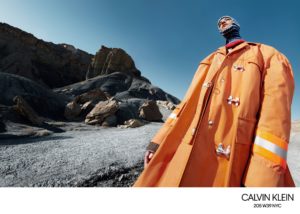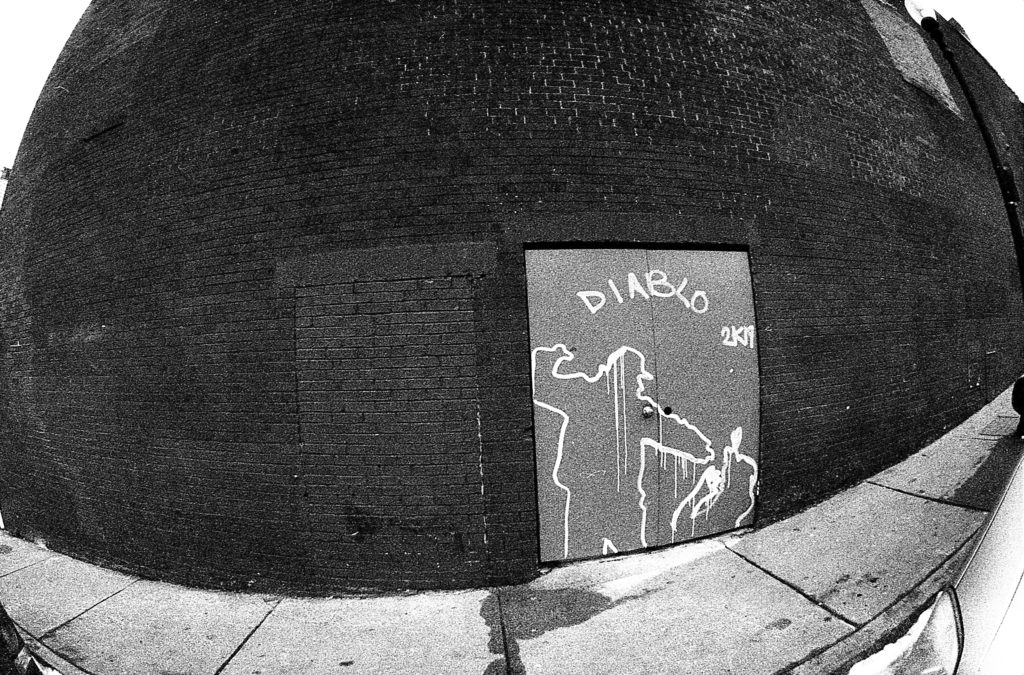How Shooting with a Fish Eye Lens Changed my Vision for Photography

When I shoot street photography and portraits outdoors I am always looking for a new perspective; a new eye. I look for twisted angles that will force the viewer to feel something and ask questions.

Inspiration
I have known of fish eye lenses for a long time, and have always been inspired by old (and new) skate videos where they are heavily used, especially in all of the old Thrasher and DC skate videos. I even saw this really cool skate video recently that was shot by Abi Teixeira with a really nice fish eye lens and that was when I started thinking about these angles and this sort of vision. You can check out the video below.
Still thinking about these new, twisted dimensions, I keep sitting on the idea of getting a new lens, but first need to make sure I want one, and also will need to do some research if I am really interested. I have been shooting seriously for about 2-3 years now, but for some reason had never thought of fish eye photography, but this video got me thinking and I was really getting intrigued…. And then I saw the Fall 2018 Calvin Klein advertisements shot by Willy Vanderperre.
That’s when I knew.


(Source: Fashionista)
I am still not even 100% sure what these images are shot on, nor do I know exactly what the lens is, but the contortion and the depth of the images were enough to sell me. I knew that I needed to see what I could create with a lens like this, so I checked on YouTube what kind of fish eye lenses were compatible with the Nikon FE2. I found the Zenitar-N 16mm f/2.8 Fish Eye Lens and it looked perfect.
Zenitar-N 16mm f/2.8 Fish Eye Lens
I checked out some camera shops near my apartment and looked at the listings on eBay to see what the prices were looking like and after doing some looking around I found the best option for me on eBay for ~ $95.00 (USD). I was not mad at all wit that price because I know there are many that can sell for much much more.
Once the lens came in the mail I was ecstatic because it was in such great condition, everything was smooth, and the perspective from inside the camera was absolutely incredible – my first impression was that I could see more than my regular eye. I was really impressed so I loaded a roll of Ilford Delta 3200 into my camera and went to test the new lens.
Let’s take a look at some of my first shots with the Zenitar-N 16mm f/2.8 fish eye lens.







(Source: Matthew Moloney)
I used the lens for quite awhile before I developed any of the photos because I wanted to shoot without knowing what exactly the final results would look like. I think that this helps a lot of the time when I’m using a new lens because I want to understand how my vision changes while looking through the viewfinder first, and then I will decide if I should altar my shooting afterwards. This way I can find what’s most comfortable for me before finding the barriers (if any) of the specific lens.
Luckily this lens was relatively easy to adapt to because many lenses can be difficult to get used to at first. With this lens, my eyes were opened, literally, and I learned that even when I’m not shooting with this fish eye lens, but say my 35mm lens, I should still think about these gnarled angles and messed up figures because it is intriguing. However, when you’re not using a fish eye lens, you are forced to use your environment instead of distorting reality as you do with the fish eye lens.
Learning how to use these strategies changed my vision while shooting with my other ‘regular’ lenses because it showed me that there are ‘fake’ lenses out there. Photography depicts reality a lot, and this is how I normally intend to shoot because that is what I believe in. But that doesn’t mean that photography can’t also be fun. This lens taught me to think about having fun with my camera and creating something that I want to see, rather than always observing and waiting to stumble on something, or waiting for something to happen to capture.
Regardless of your style of photography, let this be a lesson to not box yourself in. I found myself becoming trapped in a set style for a little while and only looking for clean cut lines and symmetry and this, that, or the other. But when I started shooting with my fish eye lens I realized that all of that doesn’t matter. You can create what you want, in the way that you want it. Nothing has to be perfect if you don’t want it to be.


Now after shooting with my fish eye for quite awhile I still use it but for select reasons. I think that is the joy in it.
This lens has changed my vision though, and it has given me a new pair of glasses. Without seeing something, sometimes you can’t even imagine it. For me, it took seeing the perspective with my own two eyes to realize that this viewpoint is imaginable, and intriguing for taking photos.
I hope that you’ve learned a new vision from reading this and if you have tested out a fish eye lens or are looking to test one out, let us know in the comments!
Read More:
-
Ilford XP2 Super Film Stock Review
-
Top 10 Color Negative 35mm Film Stocks
-
5 Tips for Shooting Super 8 Film







